Introducing a game-changing advancement in missile technology, the R-37 Axehead AAM emerges as a formidable weapon that pushes the boundaries of aerial warfare. Let’s Delve Into The Details Of The R-37 Axehead AAM, a Russian hypersonic, beyond visual range (BVR) missile developed by the Tactical Missile Armament Corporation. It is an unparalleled weapon with an incredible range, capable of engaging high-value aerial targets with utmost precision.
This missile is the ultimate solution for taking down even the most advanced Airborne Early Warning and Control System (AWACS) aircraft, electronic warfare (EW) aircraft, and tanker aircraft. With a range of up to 400 km (250 miles), it is a force to be reckoned with.
This missile falls under the Fox-3 category and possesses the capability to engage high-value aerial targets while ensuring the launch platform remains beyond the reach of any defending fighters protecting the target. It stands out with its active radar seeker and proximity fuse, establishing it as one of the most precise and effective weapons in its class. Moreover, the design of the missile enables seamless integration with various Russian-made fighter aircraft, such as the Su-30, Su-35, and MiG-31, offering a diverse range of deployment options.

The Development Story Of The Vympel R-37 ( NATO reporting name: AA-13 “Axehead” ) Is As Follows
The development of the Vympel R-37 missile, also known as the RVV-BD or Izdeliye 610, began in the 1980s as a successor to the R-33 missile, which was in service with the Soviet Air Force. The R-33 had a range of around 120 km ( 75 miles ) and, while it was a formidable weapon in its time, it was seen as inadequate to deal with emerging threats like airborne early warning and control ( AEW&C ) aircraft.
The R-37 was specifically developed to fill this gap in capability. The missile’s design was a collaborative effort between the Tactical Missile Armament Corporation (KTRV) and the Vympel design bureau, who had previously collaborated on the R-33 program. The primary objective of the R-37 was to create a long-range air-to-air missile with the capability to engage high-value targets at distances of up to 400 km.
Testing of the R-37 missile continued throughout the 1990s, and in 1994, a trial round demonstrated its effectiveness by achieving a successful kill at a range of 300 km. However, around 1998, the program was discontinued due to financial constraints. Nevertheless, work on the missile resumed in late 2006 as part of the MiG-31BM program, which sought to modernize the Foxhound with a new radar system and ground attack capability.
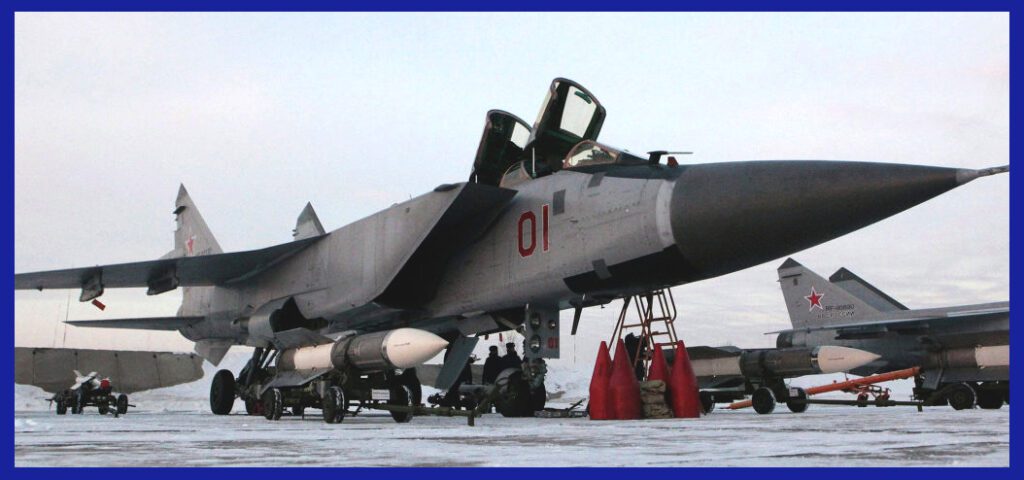
The R-37 missile showcases a distinctive, axe-shaped airframe specially designed for high-speed flight and long-range engagement. Its advanced features include an active radar seeker and a proximity fuze, enabling precise target engagement. Additionally, the missile’s guidance system incorporates a data link, enabling it to receive real-time updates from the launch aircraft or ground-based command and control systems. These capabilities collectively enhance the missile’s accuracy and effectiveness in combat situations.
Development of the R-37 was a long and difficult process, as the missile had to overcome numerous technical challenges, including the development of a powerful and reliable rocket motor, a sophisticated guidance system, and a warhead capable of defeating modern electronic countermeasures. Despite these challenges, the R-37 was eventually deployed with the Russian Air Force in 2014. In 2018, the R-37M had finished its operational validation tests and it is now considered to be one of the most capable air-to-air missiles in the world.
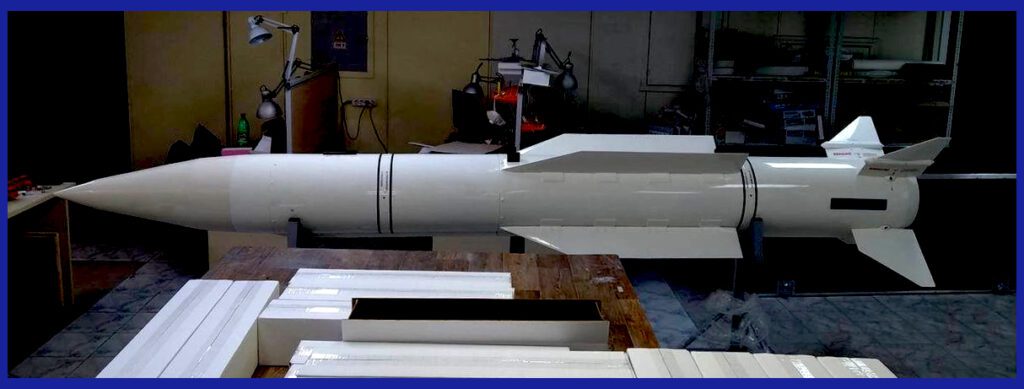
Analyzing The Design Of The R-37 Axehead Air-To-Air Missile
The R-37 Axehead AAM stands out with its unique, large axe-shaped airframe, optimized for high-speed flight and long-range engagement. Derived from the R-33 missile, it was developed to be compatible with aircraft without the MiG-31’s sophisticated radar. The missile’s semi-active seeker was replaced with the Agat 9B-1388 active seeker, boosting its performance and versatility.
Similarly, folding tail controls were introduced to allow for semi-conformal carriage on planes that are not as big as the MiG-31. In addition, mid-body strakes were added to enhance lift and thus increase the missile’s range. According to Defence Today, the range of the missile depends on the flight profile, ranging from 80 nautical miles ( 150 km ) for a direct shot to 215 nautical miles ( 398 km ) for a cruise glide profile.
The R-37M designation has been used to refer to a modernized variant of the missile, which has a range exceeding 200 km and is capable of reaching hypersonic speeds ( Mach 5 ) in the final stage of its flight. This missile will be carried by the modernized MiG-31BM interceptors as well as Su-35S and Su-57 multirole fighters. It is currently unknown whether the long-range air-to-air missile designated as Izdeliye 810 for the Su-57 is a derivative of the R-37M. The missile can effectively engage targets at altitudes ranging from 15 – 25,000 meters and can be guided semi-actively or actively through the Agat 9B-1388 system.
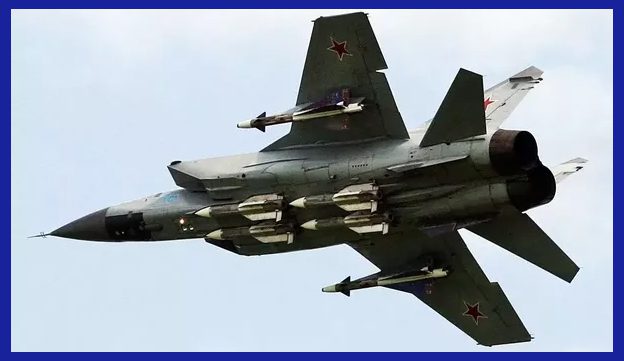
Here are some of the key design features of the R-37
- Airframe: The R-37’s airframe is made of lightweight composite materials that help to reduce weight and improve aerodynamics. The missile is approximately 4.26 meters ( 14 feet ) long and has a wingspan of about 1.5 meters ( 5 feet ). By adding both sides.
- Guidance System: The missile’s guidance system includes an active radar seeker, which uses a radar beam to locate and track the target. The missile’s guidance system is also equipped with a data link that allows it to receive updates from the launch aircraft or from command and control systems.
- Warhead: The R-37 missile is outfitted with a high explosive (HE) fragmentation warhead, specifically designed to detonate in close proximity to the target. Additionally, the warhead is equipped with a proximity fuze, enabling it to detonate at the ideal distance from the target to maximize the blast effect.
- Rocket Motor: The missile’s rocket motor is a solid-fuel rocket that provides the missile with the thrust it needs to reach its maximum range of up to 400 km (250 miles). The rocket motor is designed to burn for several seconds, providing the missile with a high velocity and exceptional manoeuvrability.
- Control Surfaces: The missile is equipped with a set of small control surfaces located at the rear of the airframe. These surfaces allow the missile to manoeuvre in flight, making it more difficult for the target to evade.
The overall design of the R-37 Axehead AAM is strategically optimized for engaging high-value aerial targets at long ranges, including airborne early warning and control (AEW&C) aircraft, electronic warfare (EW) aircraft, and tanker aircraft. With its advanced guidance and propulsion systems, complemented by its distinctive airframe design, the R-37 stands as one of the most formidable air-to-air missiles globally, showcasing remarkable capabilities for modern aerial combat scenarios.
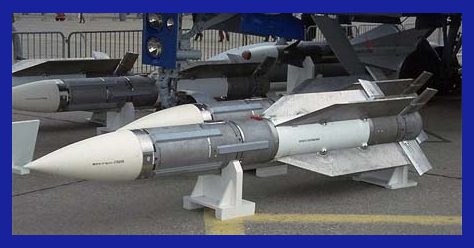
The R-37 Axehead, History Of Operations
In service with the Russian Air Force since 2014, the R-37 Axehead AAM has participated in a number of notable operations. Here are some instances of its practical application:
- Syrian Civil War: The R-37 was used by Russian fighter aircraft during the Syrian Civil War to engage high-value aerial targets, including drones and manned aircraft. In one notable incident in 2018, a Russian Su-35S fighter reportedly used an R-37 missile to shoot down an Israeli unmanned aerial vehicle ( UAV ) over Syrian airspace.
- Russian military exercises: The R-37 has been used extensively in Russian military exercises, where it has been employed to simulate engagements against a variety of aerial targets, including AWACS aircraft and tanker planes. These exercises have helped to refine the missile’s tactics and improve its performance in real-world scenarios.
- Arctic patrols: In 2020, the Russian Air Force reportedly deployed Su-35 fighter aircraft armed with R-37 missiles on Arctic patrol missions. The deployment was seen as a show of force by Russia, which has been increasing its military presence in the region in recent years.
- Air defence of Russian airspace: The R-37 is also believed to be a key component of Russia’s air defence strategy, as it provides a long-range capability for engaging high-value aerial targets. The missile’s range and accuracy make it a potent weapon against aircraft that pose a threat to Russian airspace.
- The Russo-Ukraine War: In August 2022, amidst the Russo-Ukraine War, Russian forces reportedly maintained an unrelenting Combat Air Patrol comprised of a pair of Su-35S or MiG-31s with the sole purpose of shooting down Ukrainian aircraft. Since the Ukrainian forces launched a fierce counteroffensive in August, they have allegedly suffered numerous aircraft losses, including four MiG-29s, six Su-25s, one Su-24, and one Su-27.
- As reported by the Royal United Services Institute, the majority of these losses have been linked to the formidable R-37M missile. During October, the VKS allegedly launched up to six of these highly lethal missiles per day. The R-37M’s astonishing speed, unparalleled effective range, and seeker technology optimized for engaging low-altitude targets render it an almost unstoppable weapon that poses significant challenges for evasion. On 13 February 2023, Ukraine acquired wreckage from a spent R-37M missile, which has been handed over to UK intelligence for further analysis.
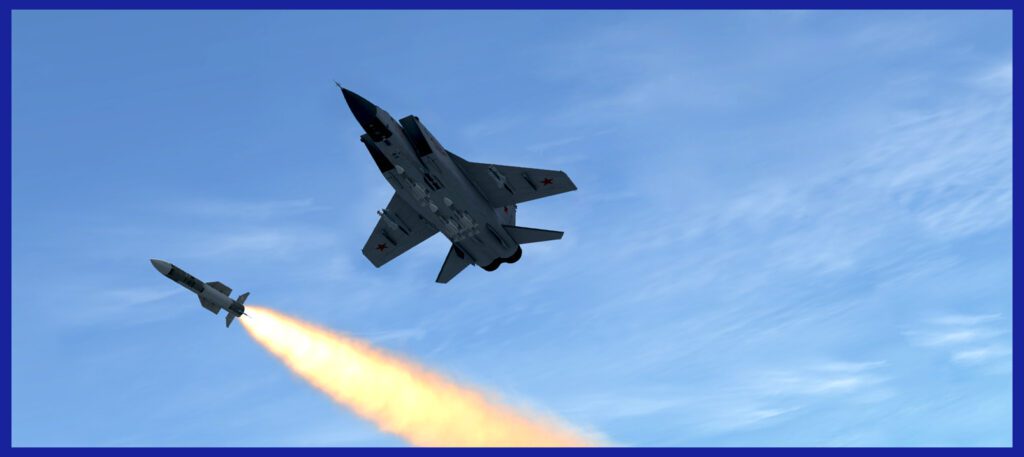
The R-37M Axehead Technical Specifications
- Weight: 600 kg ( 1,320 lb )
- Length: 14 ft ( 4.26 m )
- Diameter: 15 in
- Warhead: High Explosive ( HE ) Fragmentation warhead weighing 60 kg ( 135 lb )
- Detonation: Proximity fuse
- Engine: Solid propellant rocket
- Range: Almost 400 km ( 249 miles )
- Speed: Between Mach 5 and 6
- Guidance: Inertial guidance with mid-course update, Semi-active and active radar homing also.
- Launch Platform: All operational Russian Fighter aircraft which include: Su-30, Su-35, Su-57 and MiG-31
“Furthermore, it is imperative to seize this rare opportunity to obtain an unparalleled 1:100 scale model of the magnificent Su-35 fighter aircraft, which can be yours with just a single click of the link provided on Amazon. This exquisite model is a testament to the awe-inspiring power and unparalleled engineering of the Su-35, with its sleek lines and awe-inspiring features. Don’t miss out on the chance to own this exceptional masterpiece and showcase your admiration for one of the most formidable fighters of our time!”
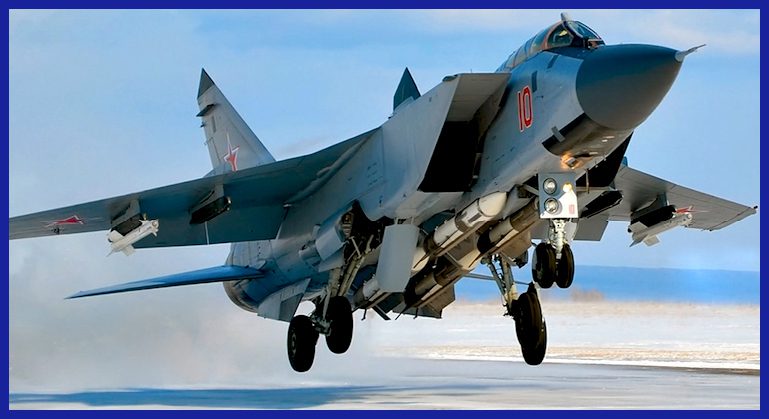
In conclusion, the R-37 Axehead AAM is a highly advanced and formidable air-to-air missile that represents the cutting edge of Russian military technology. With its long-range, advanced guidance system, and powerful warhead, it is capable of engaging high-value aerial targets with unprecedented accuracy and lethality. It’s distinctive design and advanced propulsion system gives it exceptional manoeuvrability, making it highly effective against even the most evasive targets.
The missile’s operational use in a variety of scenarios has demonstrated its versatility and adaptability, while its deployment in high-profile conflicts has showcased its immense power and capability. Overall, the R-37 Axehead AAM stands as a testament to the Russian military’s ongoing commitment to developing and deploying the most advanced weapons systems in the world.
Important Announcement for Our Valued Readers!
After an article is published, it is possible that updates or changes may have occurred beyond the time of publication. Therefore, it is important to be aware that certain information in the article might be outdated. To ensure the most accurate analysis, it is highly recommended to verify the content with the latest sources available.
However, we are dedicated to delivering outstanding articles on military products and global updates. Maintaining quality and smooth operation requires resources. Your support sustains our efforts in providing insightful content. By purchasing high-quality products through our affiliated links, you help us keep our platform alive and acquire top-notch items. Your unwavering support is invaluable and inspires us to strive further.
We welcome your suggestions and requests for more information, as we value feedback from our readers. If there’s specific defence material or equipment not covered on our site, please share your request in the comments. We’ll strive to research and provide the required information. We sincerely thank you for your unwavering interest in our website, and we eagerly anticipate hearing from you! Enjoy your reading experience!
